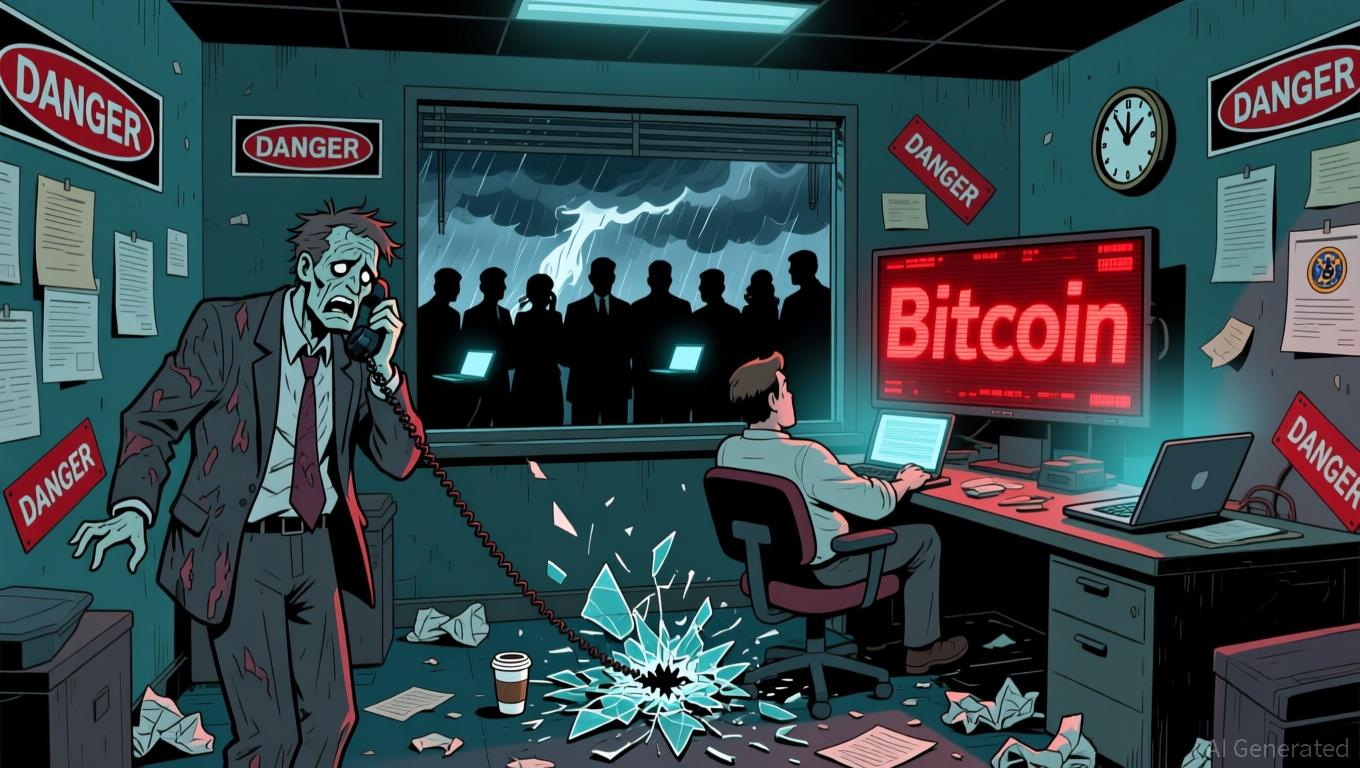HYPE Token's Rapid Rise and What It Means for Altcoin Holders
- HYPE Token's price surge and $14M market cap highlight institutional adoption via Anchorage Digital's staking access, boosting credibility but introducing regulatory risks. - Speculative risks persist, as seen in WLFI's 35% decline despite buybacks, underscoring crypto market volatility's impact on tokens lacking deflationary models. - Community engagement remains unclear for HYPE, contrasting with EDU's $50M institutional buyback strategy, which ties utility to real-world applications. - Investors must
A major factor behind HYPE’s recent momentum is the institutional support bolstering its practical use. Anchorage Digital, a leading digital asset custodian, has broadened its offerings by providing regulated staking for HYPE through a collaboration with Figment
The speculative dangers associated with HYPE and similar tokens are significant. Although institutional participation can help stabilize a token’s function, it does
While direct insights into HYPE’s community sentiment are limited, it seems to be shaped by institutional developments. The rollout of HYPE staking across Anchorage Digital’s suite of services—from its banking platform to the Porto self-custody wallet—
New frameworks for assessing cryptocurrencies increasingly stress the value of real-world applications and strategic institutional alliances. Consider the
For those investing in altcoins, HYPE Token’s rapid ascent offers a valuable lesson. Its rise is largely fueled by institutional infrastructure and regulated DeFi access, but the risks tied to speculation, market swings, and regulatory changes persist. Investors should carefully consider these elements alongside the token’s practical benefits and the overall resilience of the crypto sector. As the industry evolves, projects that merge institutional trust with genuine, real-world applications are more likely to succeed than those driven purely by speculation.
Ultimately, HYPE Token’s path illustrates both the innovative potential and the instability present in the crypto market. While institutional backing is encouraging, investors should stay alert to the speculative risks involved. The experiences of tokens like
Disclaimer: The content of this article solely reflects the author's opinion and does not represent the platform in any capacity. This article is not intended to serve as a reference for making investment decisions.
You may also like
Fed Steers Through Economic Uncertainty Lacking Crucial Data, Divisions Arise Over Interest Rate Direction
- The Fed faces a data gap ahead of its December meeting due to canceled/delayed October CPI and employment reports from the 43-day government shutdown. - Officials debate rate cuts amid conflicting priorities: inflation control vs. labor market risks, with some advocating cuts and others warning of "largely balanced" conditions. - Key indicators like weekly unemployment claims (1.957M) and ADP job losses highlight rising labor pressures, though pre-shutdown data shows 4.3% unemployment in August. - The da
Bitcoin Updates: The Fragile State of Bitcoin—Federal Reserve Moves, MSCI Examination, and Leverage-Induced Downturn
- Bitcoin's 30% drop to seven-month lows reflects Fed policy shifts, regulatory scrutiny, and leveraged trading risks. - Diminished Fed rate-cut expectations (30% in Dec) and MSCI's review of Bitcoin-heavy firms like MicroStrategy threaten $8.8B in passive outflows. - $1.27B in leveraged liquidations and CFTC's expanded oversight amplify structural vulnerabilities as Bitcoin correlates with risk assets. - Market awaits Fed easing and MSCI's Jan 2026 index decision, with Bitcoin potentially testing $85,000

Arizona state pension fund reports $24 million Bitcoin exposure via Strategy shares

Bitcoin sentiment hits lowest point since December 2023
